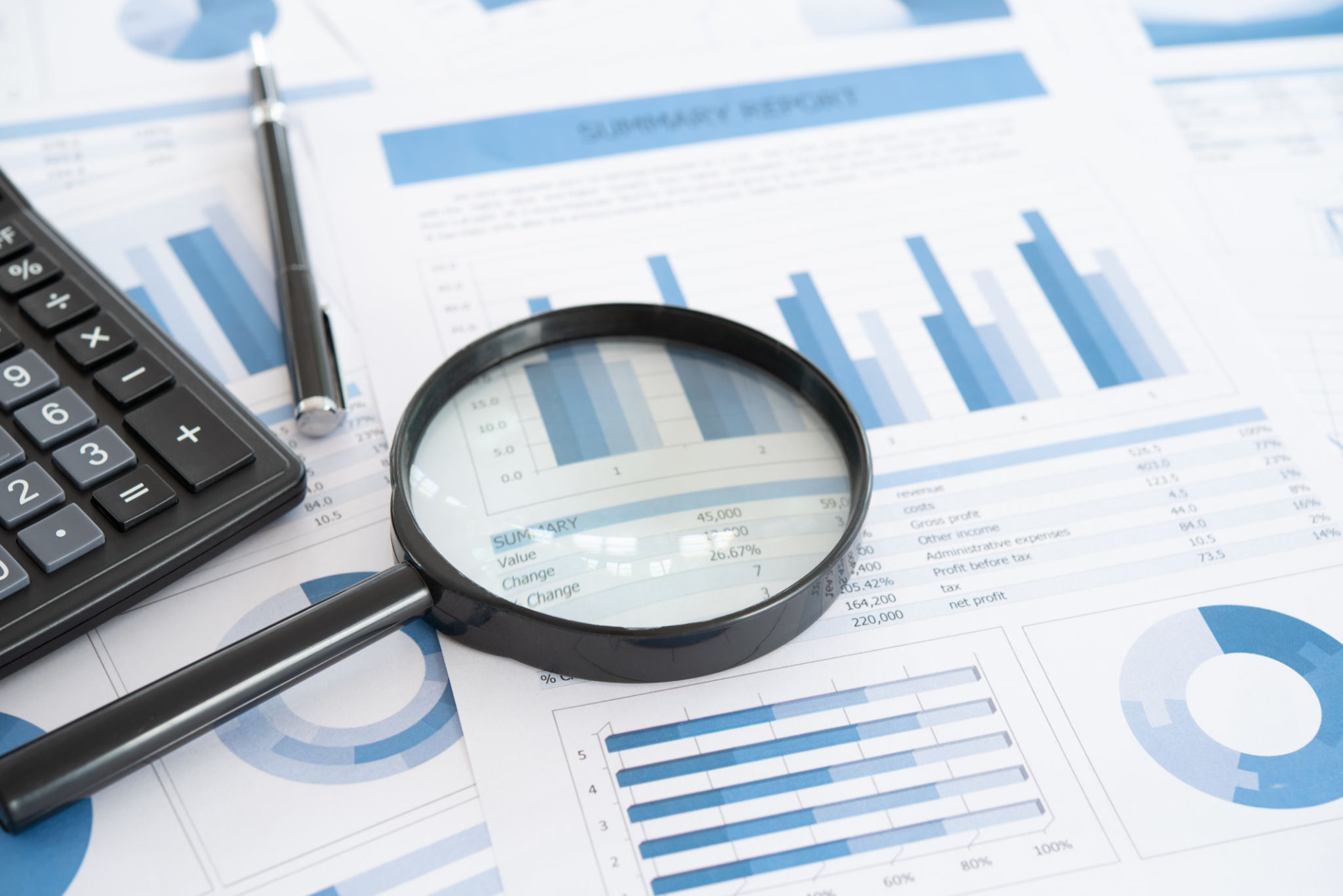How to Write a Successful Grant Proposal: A Step-by-Step Guide
Understanding the Basics of Grant Proposals
Writing a successful grant proposal is both an art and a science. It requires a thorough understanding of the project you are advocating for, as well as the ability to communicate its value effectively to potential funders. A grant proposal typically includes several key components such as the cover letter, executive summary, statement of need, project description, budget, and conclusion.
The first step is to identify the grant that aligns best with your project goals. Understanding the mission and priorities of the granting organization can significantly increase your chances of success. Thoroughly research their criteria and ensure your proposal aligns with their objectives.

Planning and Research
Before you begin writing, it’s essential to engage in detailed planning and research. This involves clearly defining the goals and objectives of your project, identifying target beneficiaries, and outlining your methods for achieving these goals. Gather data and evidence that supports the need for your project, as this will form the foundation of your proposal.
Creating a timeline for your project is also crucial. This not only helps you organize your thoughts but also demonstrates to potential funders that you have a clear plan in place. Including milestones and deadlines in your proposal shows that you have considered the practical aspects of implementing your project.

Writing the Proposal
Once your planning is complete, it's time to begin writing the proposal. Start with a compelling executive summary that succinctly outlines your project's purpose and significance. This section should grab the reader's attention and encourage them to continue reading.
The statement of need should clearly articulate the problem you are addressing and why it is important. Use data and evidence to back up your claims, demonstrating both the necessity and urgency of your project.
Project Description and Budget
The project description should provide a detailed overview of how you plan to achieve your objectives. Include information on the methods you will use, any partnerships or collaborations involved, and how you will measure success. Be specific in describing activities, timelines, and expected outcomes.

Your budget should be realistic and transparent. Detail all projected costs and provide justifications for each line item. Potential funders want to ensure their money will be used effectively, so clarity and accuracy are crucial here.
Reviewing and Submitting
Before submitting your proposal, review it thoroughly for clarity, coherence, and accuracy. It can be helpful to have someone else read it to catch any errors or areas that need clarification. Ensure that all required documents are included and formatted correctly.
Once you are confident in your proposal, submit it according to the funder’s guidelines. Pay close attention to deadlines and submission procedures, as failing to adhere to these can result in disqualification.

Following Up
After submission, don’t forget to follow up with the granting organization. This shows professionalism and enthusiasm for your project. If your proposal is successful, express gratitude and build a positive relationship with the funder for future opportunities.
If your proposal is not accepted, seek feedback to understand areas for improvement. Use this information to refine future proposals, increasing your chances of success next time.